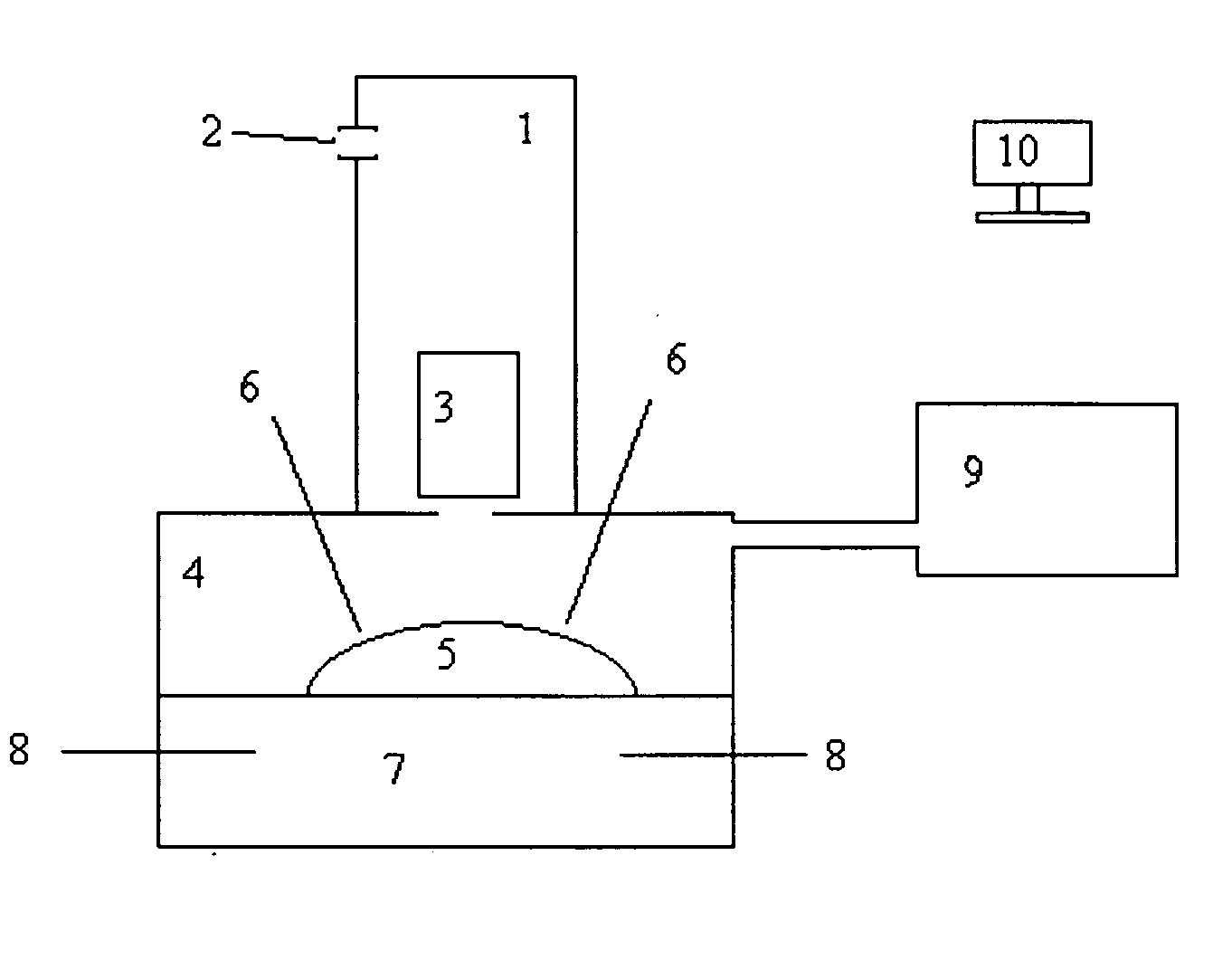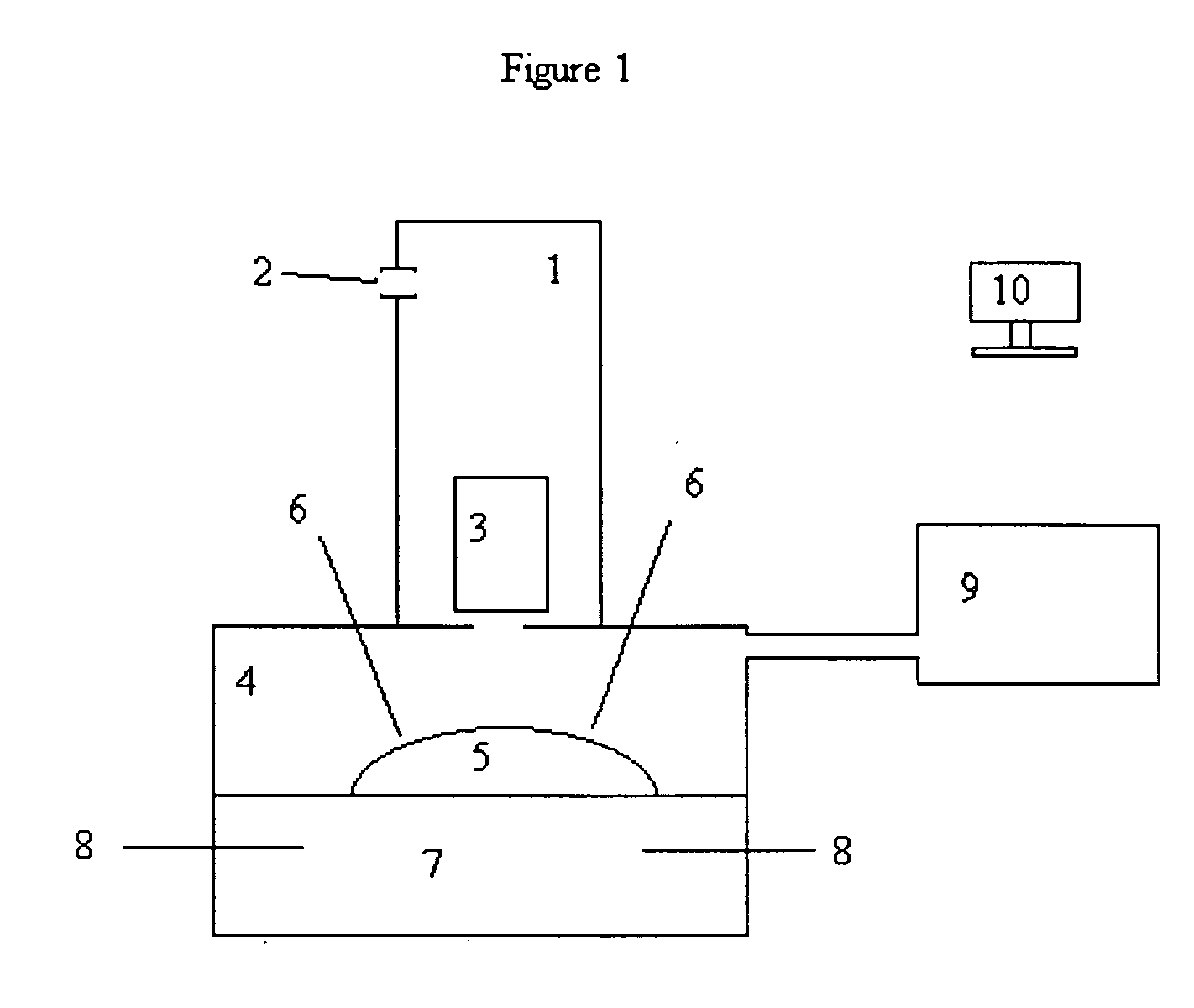Combined gasification and vitrification system
- Summary
- Abstract
- Description
- Claims
- Application Information
AI Technical Summary
Benefits of technology
Problems solved by technology
Method used
Image
Examples
Embodiment Construction
[0030] For the purposes of promoting an understanding of the principles of the invention, FIG. 1 provides a schematic illustration of the apparatus of the present invention configured with a downdraft gasification unit and an electrode plasma source. While this particular configuration is preferred, the present invention should in no way be limited to this configuration, and it should be understood that this configuration was selected merely for illustrative purposes.
[0031] As shown in the figure, organic materials are fed into a gasification unit 1. Oxidants, including but not limited to, oxygen, steam, carbon dioxide, air, oxygen enriched air, and combinations thereof, are fed into oxidant injection port 2. The gasification unit 1 is then operated as a normal, downdraft gassifier. A means for transporting organic material down the axial length of the downdraft gasifier is shown in the schematic as box 3. Any mechanical means suitable for moving solid material may be used, includi...
PUM
| Property | Measurement | Unit |
|---|---|---|
| Temperature | aaaaa | aaaaa |
| Temperature | aaaaa | aaaaa |
| Temperature | aaaaa | aaaaa |
Abstract
Description
Claims
Application Information
 Login to View More
Login to View More - R&D
- Intellectual Property
- Life Sciences
- Materials
- Tech Scout
- Unparalleled Data Quality
- Higher Quality Content
- 60% Fewer Hallucinations
Browse by: Latest US Patents, China's latest patents, Technical Efficacy Thesaurus, Application Domain, Technology Topic, Popular Technical Reports.
© 2025 PatSnap. All rights reserved.Legal|Privacy policy|Modern Slavery Act Transparency Statement|Sitemap|About US| Contact US: help@patsnap.com


